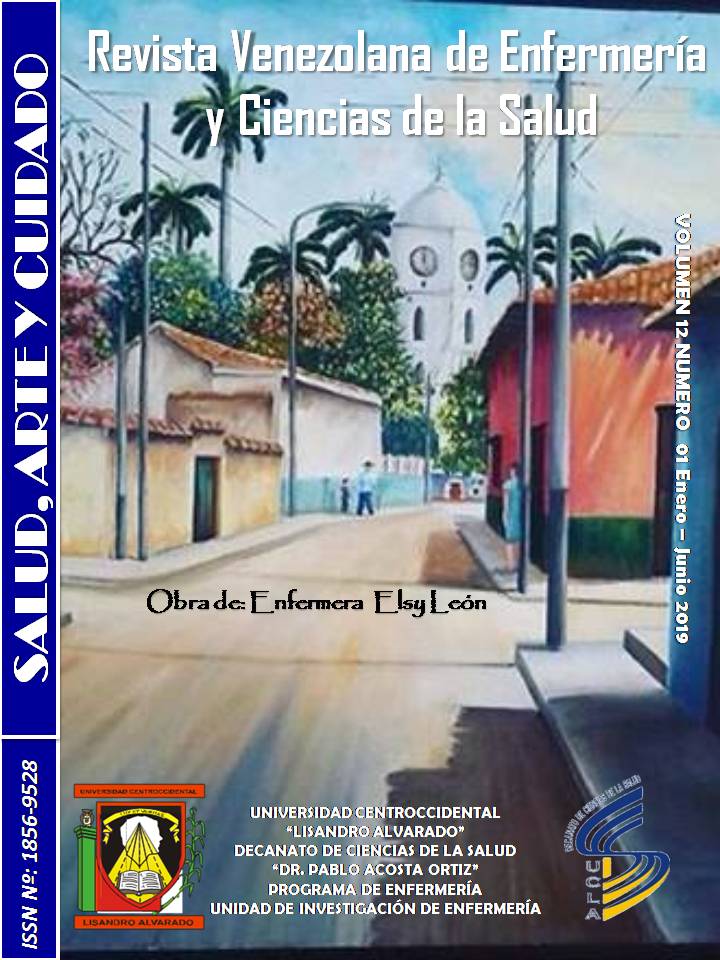Crouzon Syndrome, report of a fetal autopsy
Keywords:
Crouzon syndrome, craniosynostosis, facial dysmorphia, fetal autopsyAbstract
Crouzon syndrome, known as craniofacial dysostosis, is a genetic disorder normally inherited with an autosomal dominant pattern that has a prevalence of one per 25,000 live births. This disorder is described as a craniofacial malformation, clinically presenting with craniosynostosis, facial dysmorphism, maxillary hypoplasia, mandibular prognathism, exophthalmia, hypertelorism and other associated anomalies. It is caused by a mutation in the FGFR2 gene that encodes Receptor 2 of the Fibroblast Growth Factor, located on the chromosome 10. We present the autopsy of a male fetus, 19 weeks old, of a healthy mother, aged 31 years and with no family history, who presented the anatomical and pathological findings compatible with the Crouzon Syndrome. The objective of this case is to present these findings found during the fetal autopsy, to give a diagnosis of the syndrome, as well as provide enriching information for the medical literature.
Downloads
References
Vidal Sanahuja R, Gean Molins E, Sánchez Garré C, Quilis Esquerra J, García Fructuoso G, Costa Clara JM. Síndrome de Crouzon: a propósito de 2 casos. Entidades craneoestenóticas alélicas de los genes FGFR. An Pediatría [Internet]. 2012 Oct 1 [cited 2018 Jul 9];77(4):272–8. Available from: https://www.sciencedirect.com/science/article/pii/S1695403312001841
Morales Rodriguez J, Sarmiento Oliveros M, Santiesteban MZ, Tamayo ML, Avila TG. Presentación de un paciente con síndrome de Crouzon Presentation of a Patient with Crouzon’s Syndrome. [cited 2018 Jul 9]; Available from: http://www.cocmed.sld.cu/no142/pdf/no142presc02.pdf
Beltr RP, Rosas N, Jorges I. Sindrome de crouzon. Rev Actual Clin [Internet]. 2014 [cited 2018 Jul 9];46:29–31. Available from: http://www.aeped.es /infofamilia/temas/crouzon.htm
Arce Mateos F. La autopsia fetal. Libr blanco la anatomía patolgócia en España. 2013;241–8.
de Jong T, Bannink N, Bredero-Boelhouwer HH, van Veelen MLC, Bartels MC, Hoeve LJ, et al. Long-term functional outcome in 167 patients with syndromic craniosynostosis; defining a syndrome-specific risk profile. J Plast Reconstr Aesthetic Surg [Internet]. 2010 Oct [cited 2018 Jul 9];63(10):1635–41.Available from: http://www.ncbi.nlm.nih.gov/ pubmed/19913472
Cohen MM. Pfeiffer syndrome update, clinical subtypes, and guidelines for differential diagnosis. Am J Med Genet [Internet]. 1993 Feb 1 [cited 2018 Jul 9];45(3):300–7. Available from: http://www. ncbi.nlm.nih.gov/pubmed/8434615
Meyers GA, Orlow SJ, Munro IR, Przylepa KA, Jabs EW. Fibroblast growth factor receptor 3 (FGFR3) transmembrane mutation in Crouzon syndrome with acanthosis nigricans. Nat Genet [Internet]. 1995 Dec 1 [cited 2018 Jul 9];11(4):462–4. Available from: http://www.ncbi.nlm.nih.gov/ pubmed/7493034
Lapunzina P, Fernández M aC., Varela Junquera JM, Arberas C, Tello AM., Gracia Bouthelier R. Síndrome de Crouzon con acantosis nigricans. An Pediatría [Internet]. 2002 Jan [cited 2018 Jul 9];56(4):342–6. Available from: http://linkinghub. elsevier.com/retrieve/pii/S1695403302778144
Published
How to Cite
Issue
Section

This work is licensed under a Creative Commons Attribution-NonCommercial-ShareAlike 4.0 International License.
Derechos del/de autor/es a partir del año de publicación
Esta obra está bajo la licencia:
Creative Commons Reconocimiento-NoComercial-CompartirIgual 4.0 Internacional (CC BY-NC-SA 4.0)
Las opiniones expresadas por los autores no necesariamente reflejan la postura del editor de la publicación ni de la UCLA. Se autoriza la reproducción total o parcial de los textos aquí publicados, siempre y cuando se cite la fuente completa y la dirección electrónica de esta revista. Los autores(as) tienen el derecho de utilizar sus artículos para cualquier propósito siempre y cuando se realice sin fines de lucro. Los autores(as) pueden publicar en internet o cualquier otro medio la versión final aprobada de su trabajo, luego que esta ha sido publicada en esta revista.







